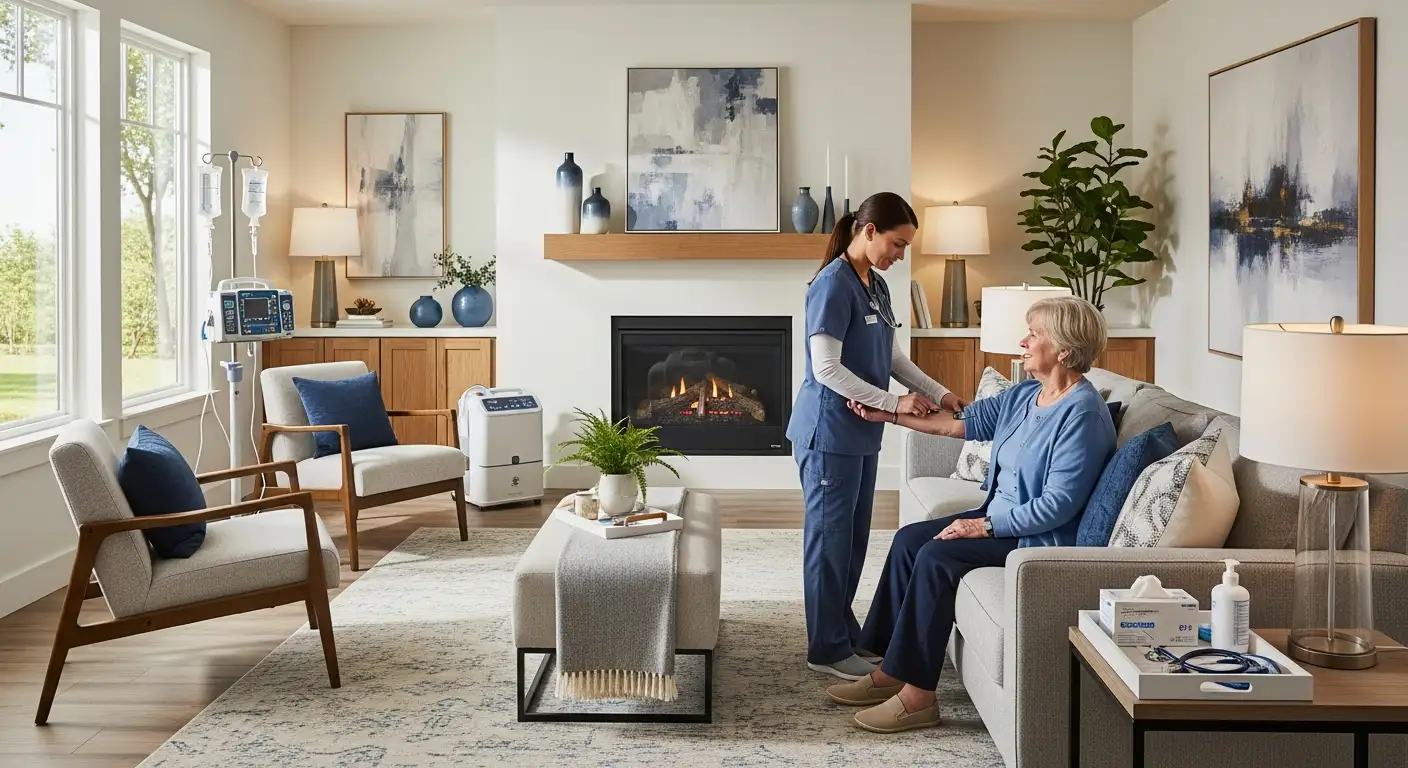Evolving in-home care for an aging population
In-home care is undergoing a significant transformation driven by demographic shifts, technological innovations, and increasing patient expectations. As the population of older adults grows—projected to reach 82 million by 2050—healthcare providers are faced with the challenge of delivering personalized, flexible, and efficient care that adapts to complex and changing health needs. This article explores the strategies, technologies, and organizational practices that enable home health care to evolve, ensuring safety, emotional well-being, and improved health outcomes for patients amid dynamic health landscapes.
Managing Transitions and Planning for Evolving Needs
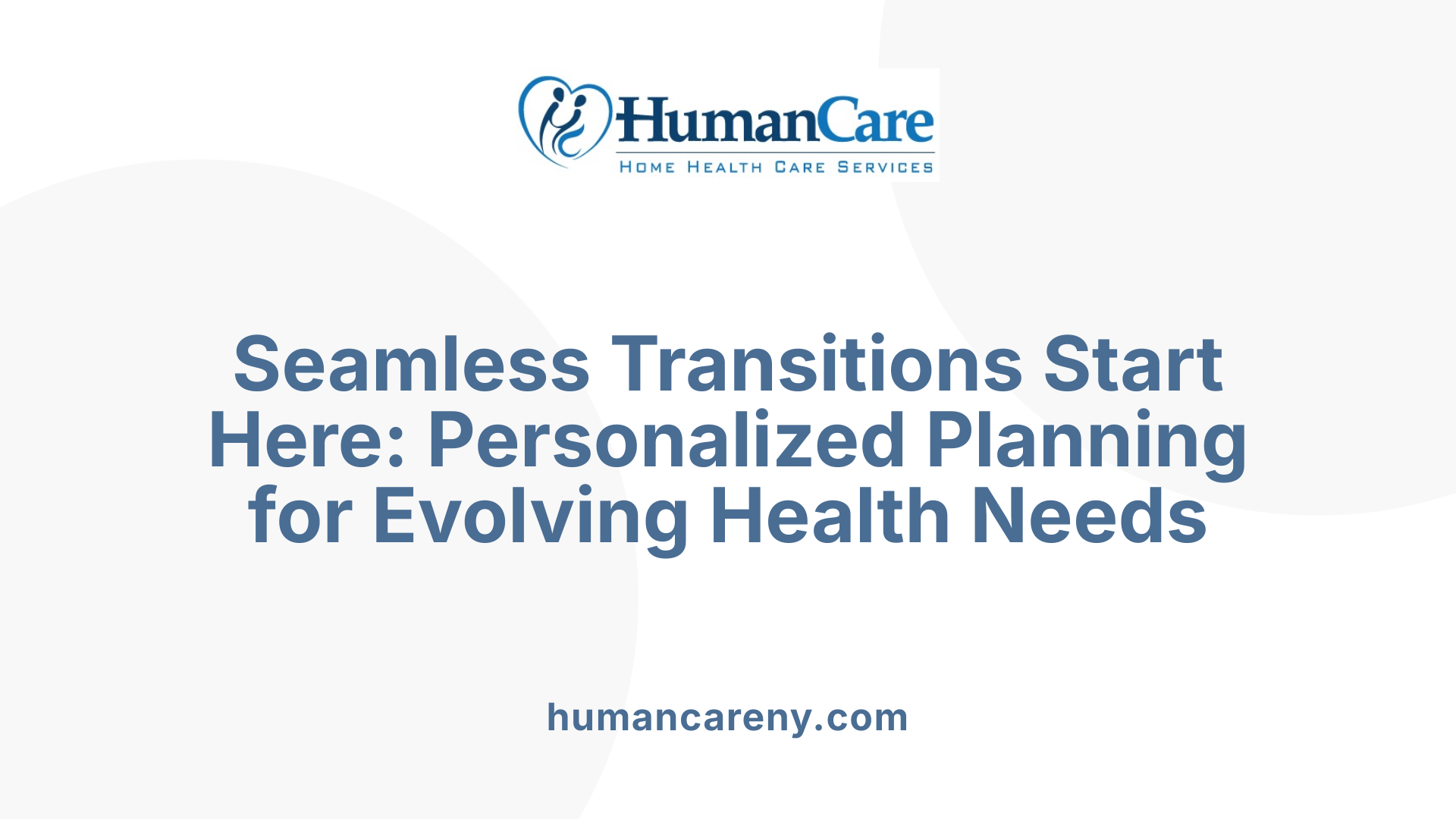
What are effective strategies for managing transitions and planning for changing health and aging needs?
Managing transitions in home health care requires proactive, personalized strategies that adapt to the evolving needs of individuals as they age or face health challenges. One of the most effective approaches involves early assessment and planning, ideally beginning in adolescence or early adulthood. These assessments should consider not only medical conditions but also social, emotional, and functional aspects.
Creating tailored, step-by-step transition plans helps address specific challenges such as maintaining independence, managing chronic conditions, and ensuring social engagement. These plans involve a collaborative effort among the individual, family members, healthcare providers, social workers, and other relevant professionals. Designating a transition champion or coordinator can improve communication, track progress, and ensure that all relevant parties stay aligned.
In addition to structured planning, fostering self-management skills and health literacy equips individuals to better manage their health, recognize early warning signs, and seek appropriate help when needed. Regular monitoring through remote health devices or periodic check-ins allows for real-time adjustments and early interventions.
Involving multidisciplinary teams ensures comprehensive care covering medical, emotional, and social domains. These teams can include physicians, nurses, mental health professionals, social workers, and community resources, all working together to support the individual’s goals.
Ultimately, flexible, individualized transition planning from early stages enables individuals to maintain independence and quality of life. It helps reduce hospitalizations, improve health outcomes, and foster a sense of empowerment.
By emphasizing early, ongoing, and collaborative approaches, providers and families can better navigate the complex journey of aging and health management, ensuring seamless transitions and supportive environments tailored to each person’s unique needs.
Supporting Aging Populations with Changing Conditions
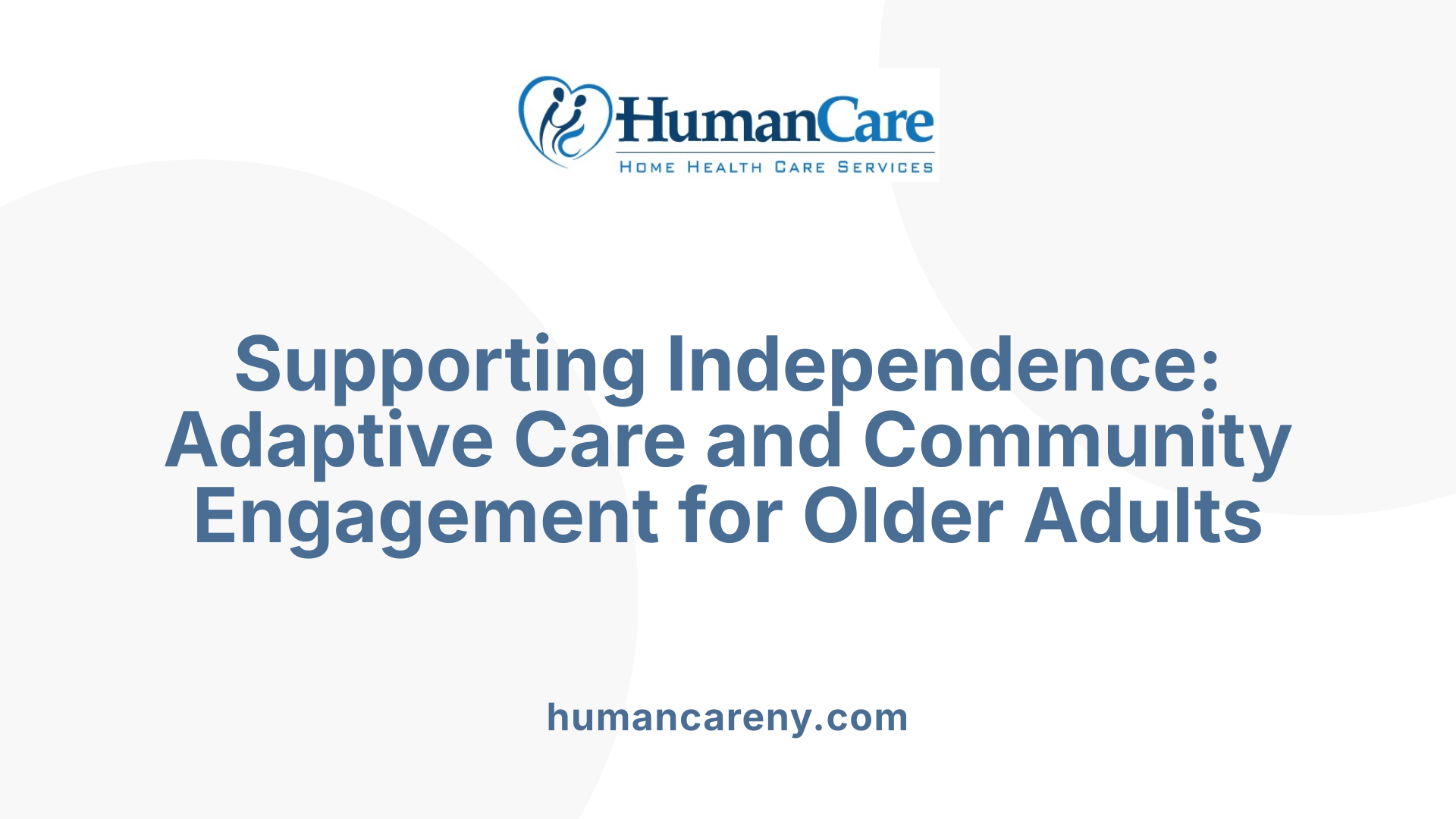
What support mechanisms are essential for aging populations with changing health conditions?
Supporting older adults as their health fluctuates requires a combination of adaptable services, comprehensive policies, and community engagement. Effective support starts with long-term, integrated plans that coordinate health, housing, transportation, and caregiving sectors. States like California and Massachusetts have implemented such master plans to facilitate aging in place, emphasizing accessible, safe homes backed by community and government resources.
Home modifications are fundamental. Installing grab bars, improving lighting, and adding safety devices like ramps help prevent falls and accidents, promoting independence. Regular safety evaluations ensure environments evolve with changing needs.
Active participation in social and community activities is crucial for mental and emotional well-being. Engagement can be through paid or volunteer work, creative pursuits, or social groups, which help reduce feelings of isolation and foster a sense of purpose.
Preventive healthcare tailored to the elderly includes routine screenings, telehealth consultations, and chronic disease management programs. These strategies enable early detection of issues and personalized treatment plans, ultimately reducing hospitalizations and enhancing quality of life.
Collaboration among healthcare providers, families, policymakers, and community organizations creates a sustainable, responsive support network. Such partnerships help adapt services, track health progress, and address emerging needs efficiently.
Overall, fostering an environment where aging adults can thrive despite changing health conditions involves proactive, holistic approaches that prioritize safety, engagement, and timely healthcare interventions.
Technological and Organizational Innovations in Home Care
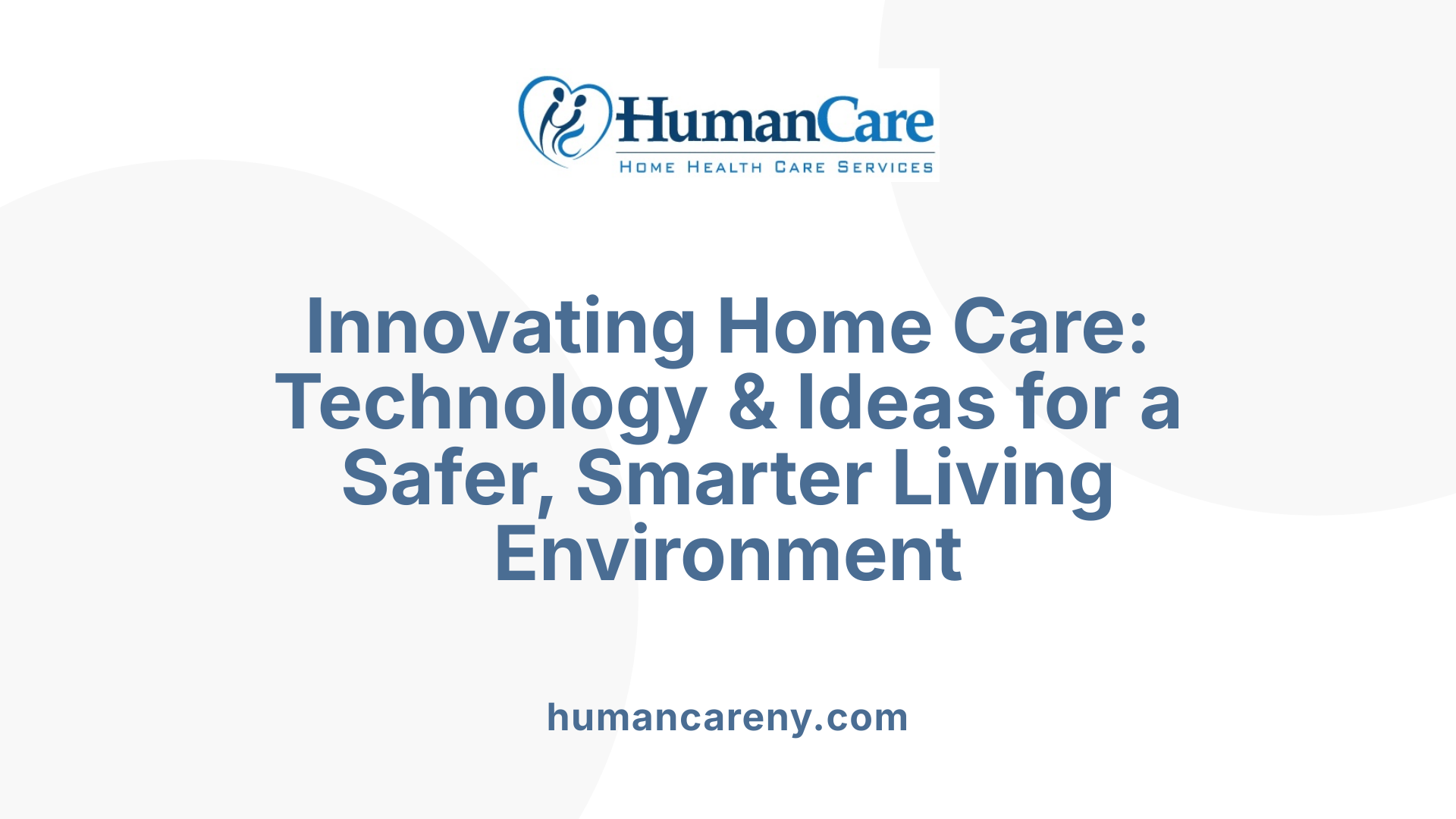
What technological innovations support flexible home health care?
Modern home health care increasingly relies on innovative technologies to provide personalized and adaptable support. Passive sensors can be discreetly installed in homes to continuously monitor vital signs, activity patterns, and detect emergencies such as falls or fires. These sensors enable real-time assessments of health status, allowing caregivers and health providers to intervene promptly.
Telehealth platforms facilitate virtual consultations, reducing the need for face-to-face visits and expanding access—especially valuable in rural or underserved areas. Remote patient monitoring systems collect ongoing health data like blood pressure, glucose levels, and oxygen saturation, empowering clinicians to customize care plans and respond quickly to changes.
Smart home devices further enhance safety and independence. Examples include stove sensors to prevent accidents, motion detectors to track activity, and voice-activated assistants to help with daily routines. Advances in artificial intelligence (AI), computing, and data analytics optimize these tools by offering predictive models that forecast health deteriorations and support decision-making.
Altogether, these innovations make home-based care safer, more responsive, and efficient, ultimately supporting aging in place and reducing unnecessary hospital visits.
Personalizing In-Home Care for Diverse Needs
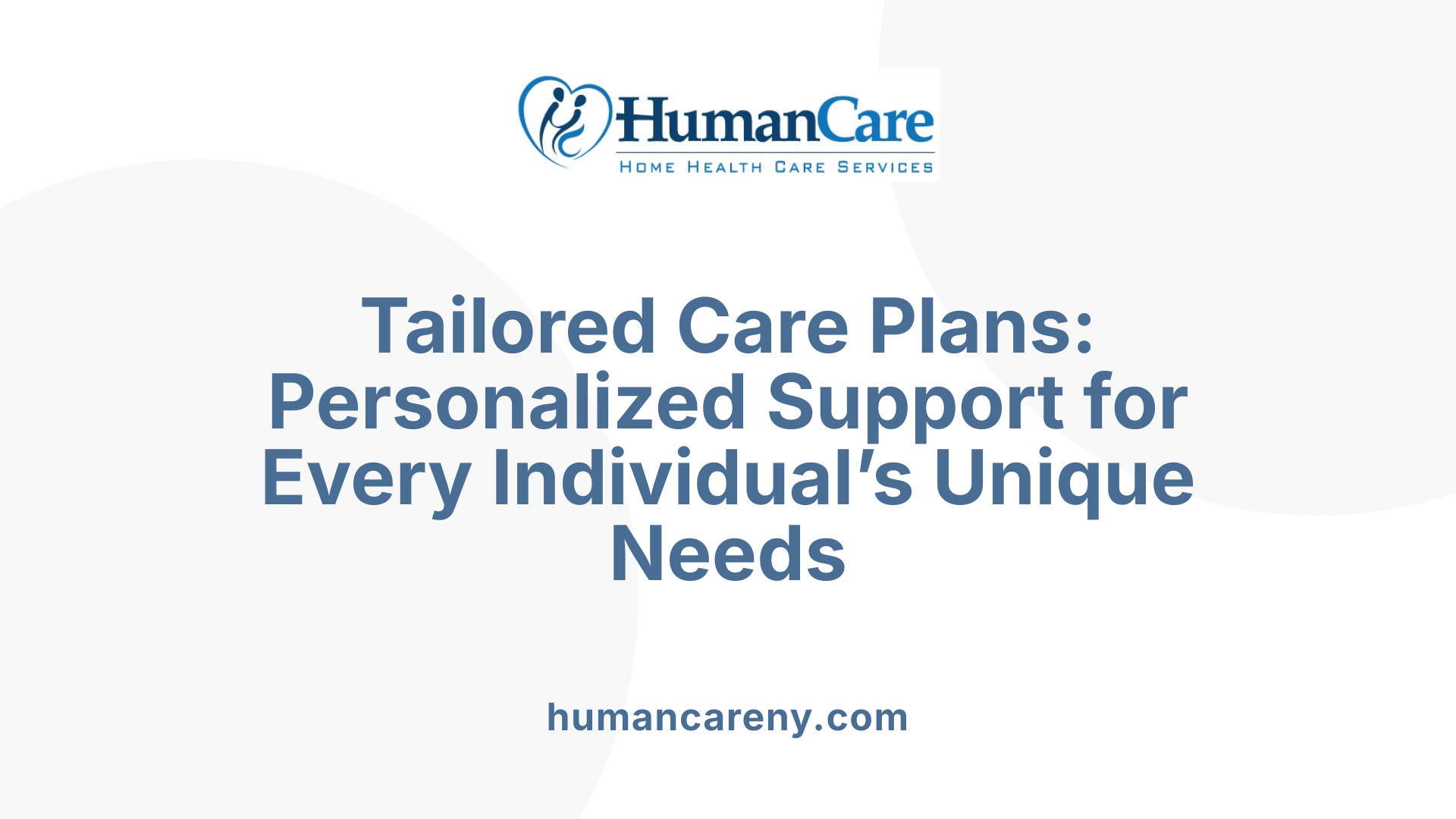
How can care plans be personalized for individuals receiving in-home care?
Creating effective, personalized in-home care plans begins with comprehensive initial assessments. These evaluations examine the individual's medical conditions, emotional well-being, social circumstances, and daily living environment. Involving the person in care decisions and including family members in planning helps ensure the plan respects personal preferences, cultural backgrounds, and future health goals.
Tailored interventions are incorporated based on these assessments. For example, a care plan may include medication management, assistance with daily activities like bathing or meal preparation, safety modifications such as grab bars or stairlifts, and emotional or social support initiatives like community engagement or counseling.
To keep care responsive, plans are reviewed and updated regularly. Advances in technology, such as telehealth platforms and wearable health devices, enable remote monitoring of vital signs and real-time health tracking. This facilitates timely adjustments to care strategies, enhancing safety and effectiveness.
An interdisciplinary team, which may include healthcare professionals, home health aides, and social workers, collaborates to coordinate care efforts. Their combined expertise promotes independence, safety, and mental well-being, while addressing evolving health and social needs.
Engagement with family and community resources further personalizes care, offering consistent support tailored to individual circumstances. These practices collectively foster a holistic, flexible approach that adapts to changing health status and personal preferences, ultimately improving quality of life and health outcomes for those receiving in-home care.
A Holistic and Adaptive Future for Home-Based Care
The ongoing evolution of in-home care towards personalized, flexible, and technologically-supported models ensures that aging and chronically ill populations can maintain independence, safety, and emotional well-being. By emphasizing proactive planning, innovative tools, organizational agility, and comprehensive support mechanisms, home health care is positioned to meet the complex needs of the future. Interdisciplinary collaboration, policy adaptation, and ongoing education for caregivers will be vital in creating resilient systems capable of responding to health fluctuations, external challenges, and individual preferences. As a result, in-home care is becoming a more effective, patient-centered approach—transforming how we support aging populations and those with chronic conditions in remaining comfortably at home, with dignity and confidence.
References
- How Home Health Care Agencies Can Adapt to Changing Patient ...
- How TheKey, Life Foundation Home Care Are Adapting To ...
- Aging in Place: Growing Older at Home
- How to adapt to the changing needs of those 65+ | CVS Health
- A Patient-Centered Home Health Model - PurposeCare
- The Rise of Hospital-Level In-Home Health Care: Trends, Benefits ...
- “We Tie Up the Loose Ends”: Homecare Nursing in a Changing ...
- How Customized Care Plans Support Changing Health Needs
- Adapting to a new normal in home health care - Wolters Kluwer


